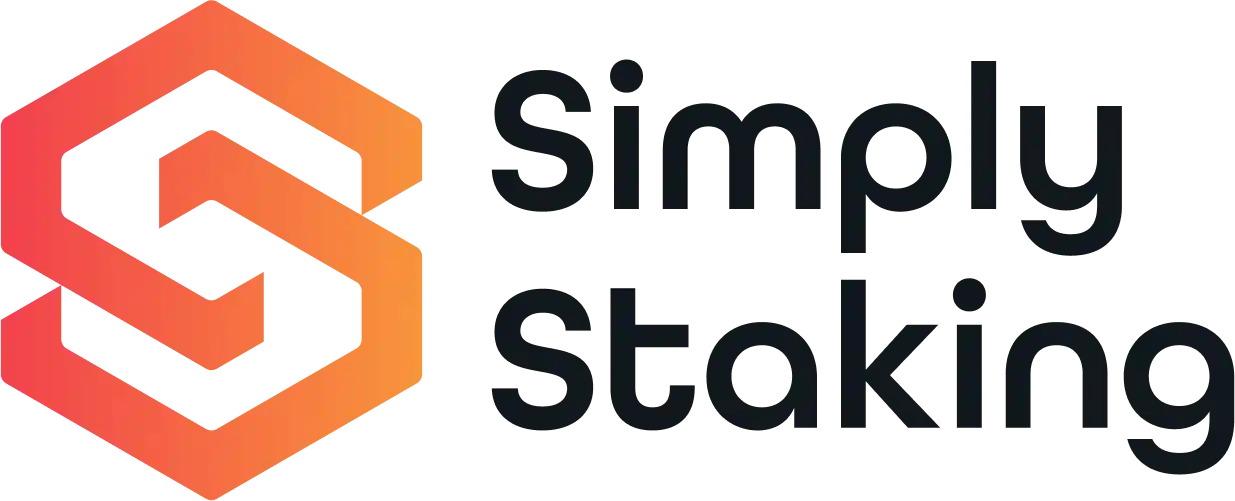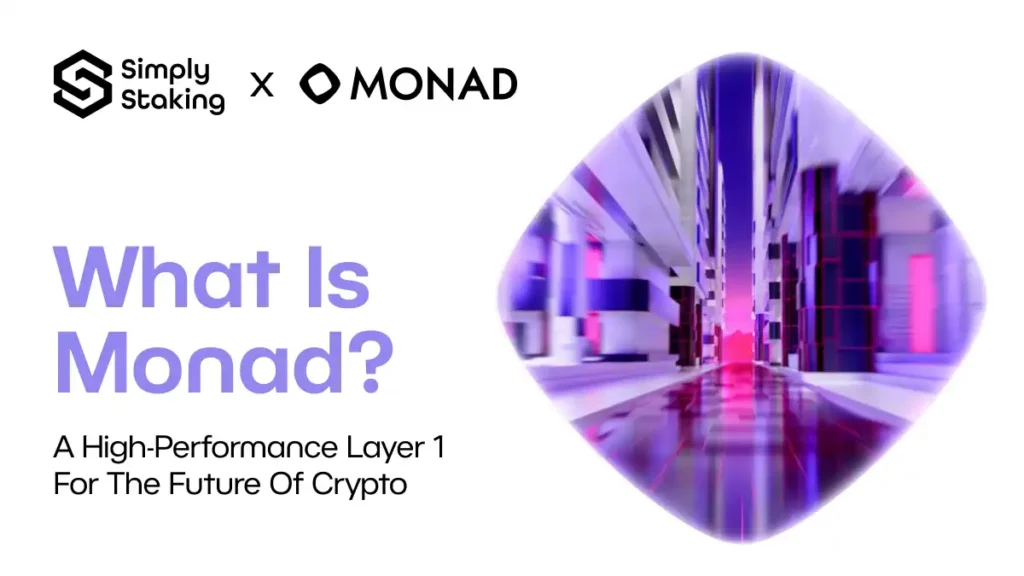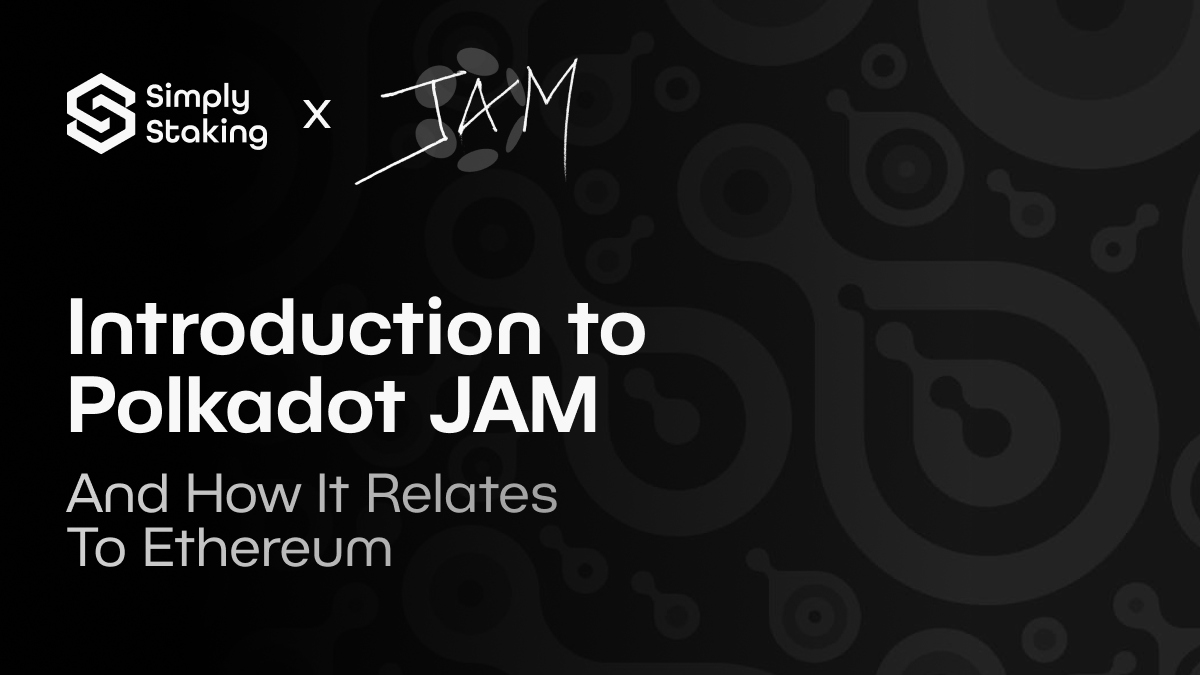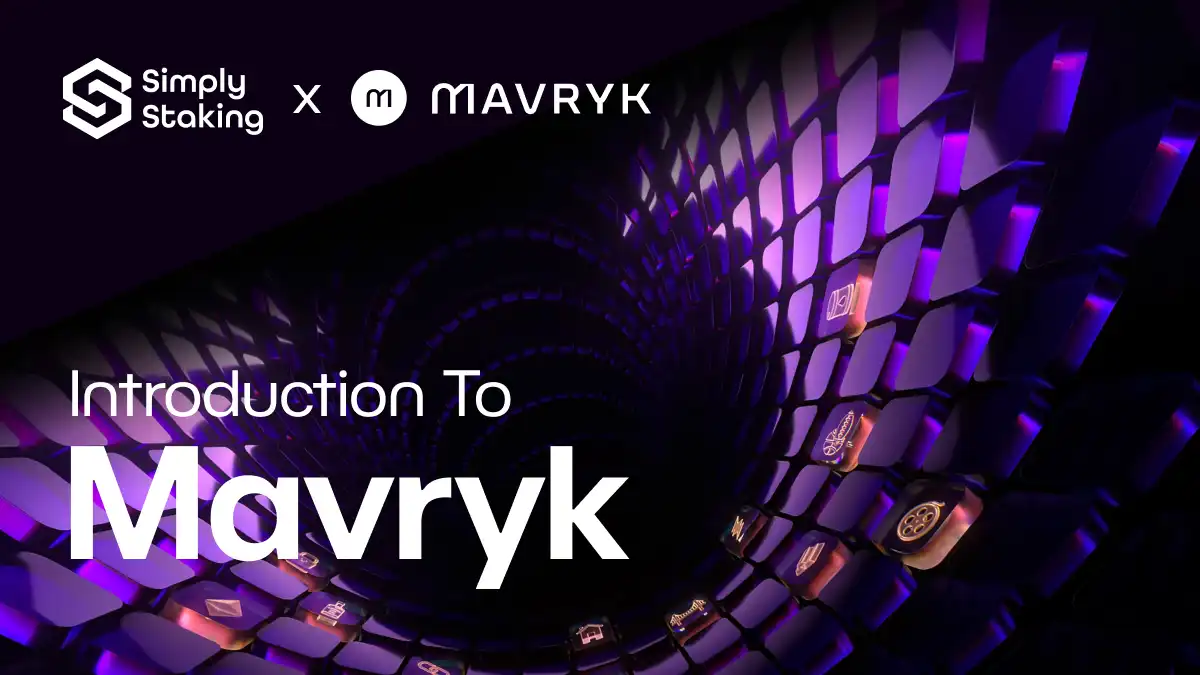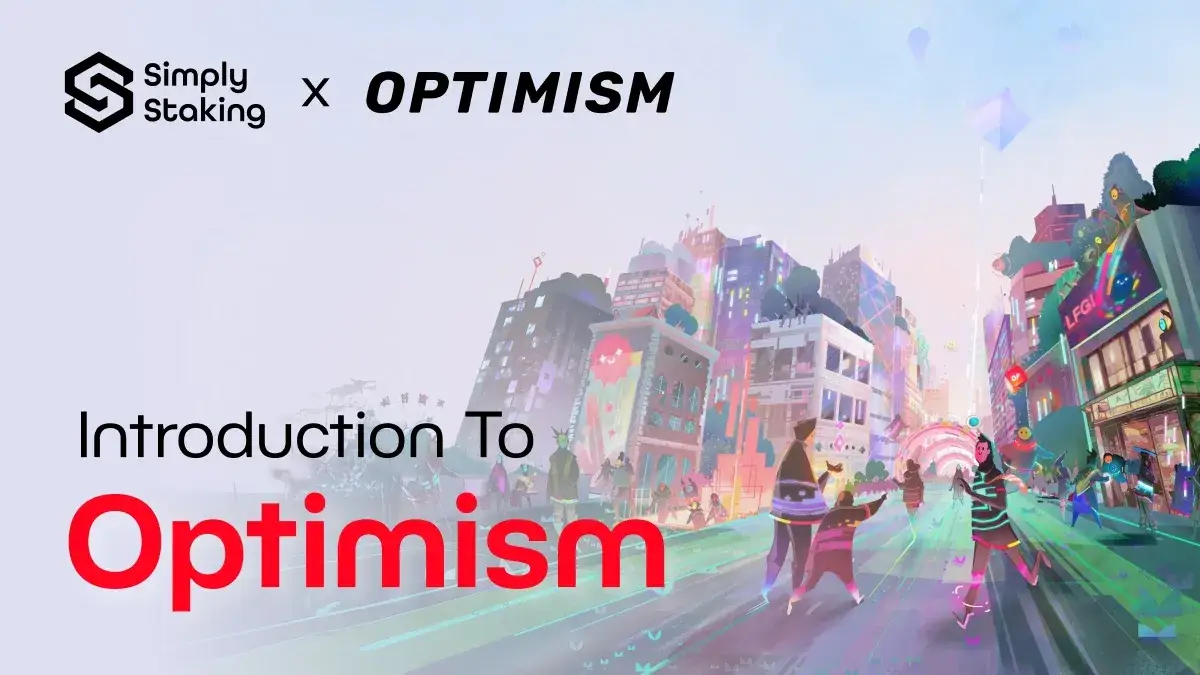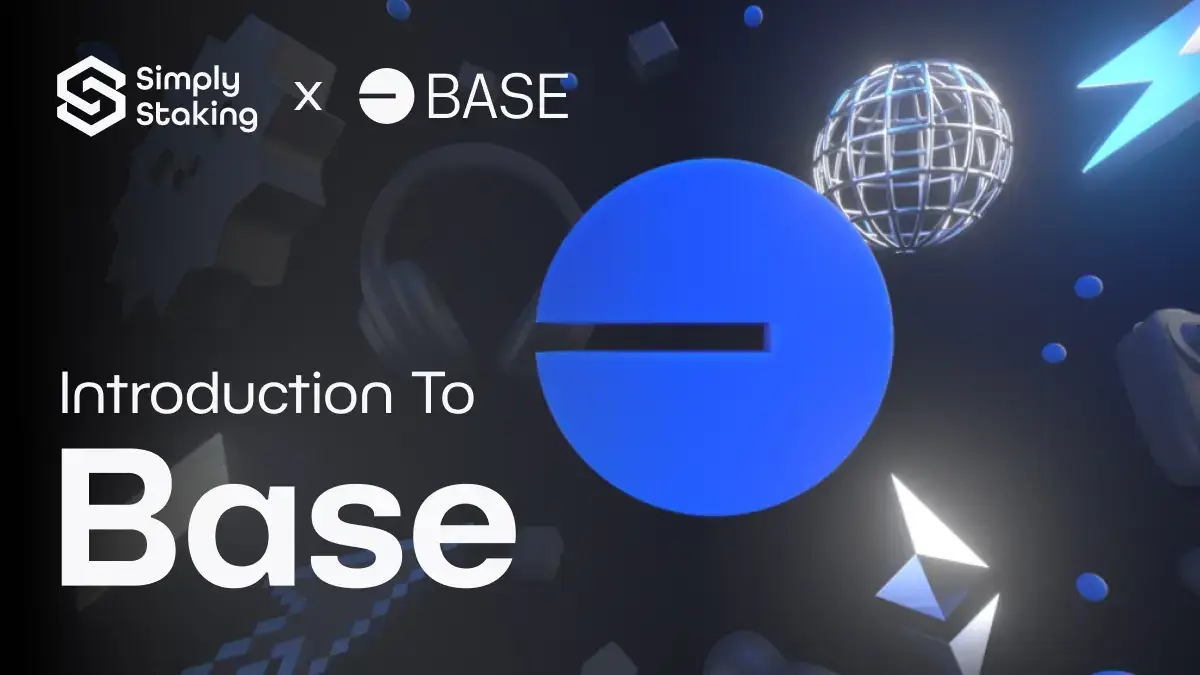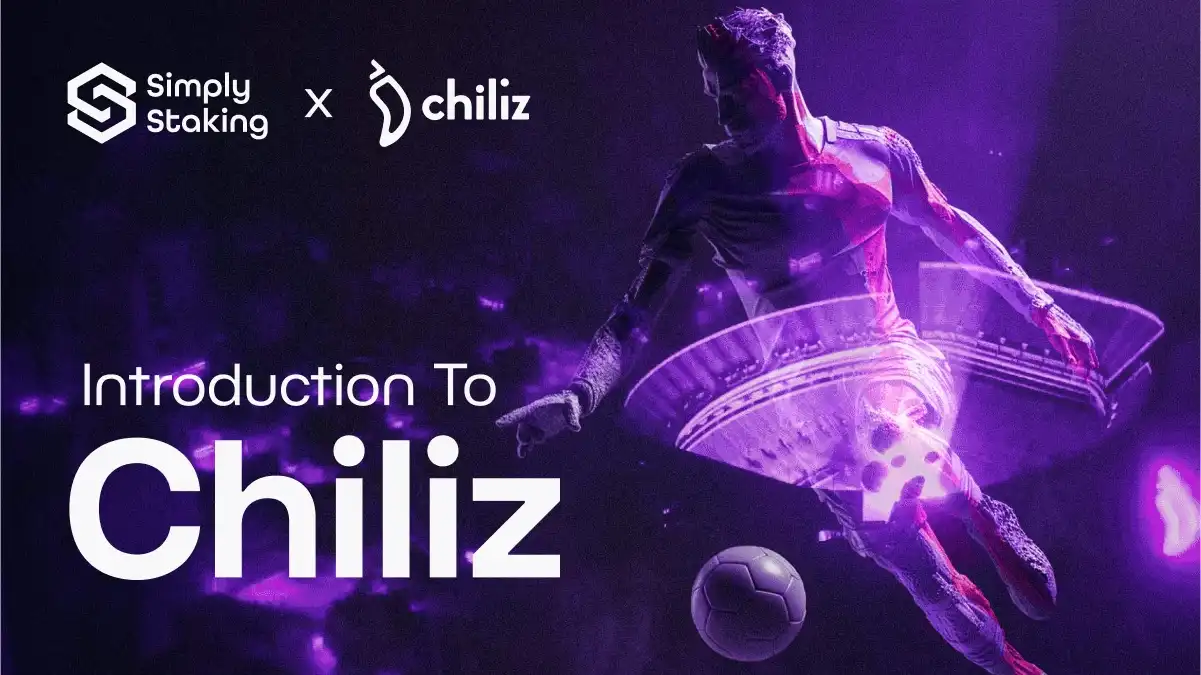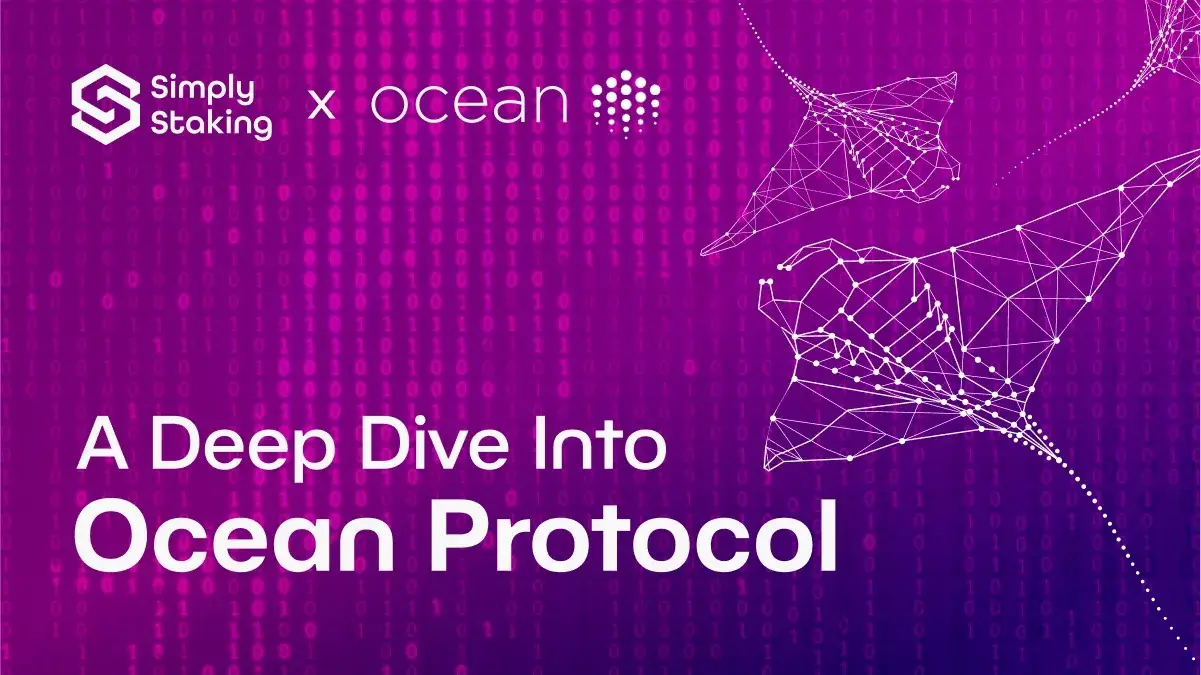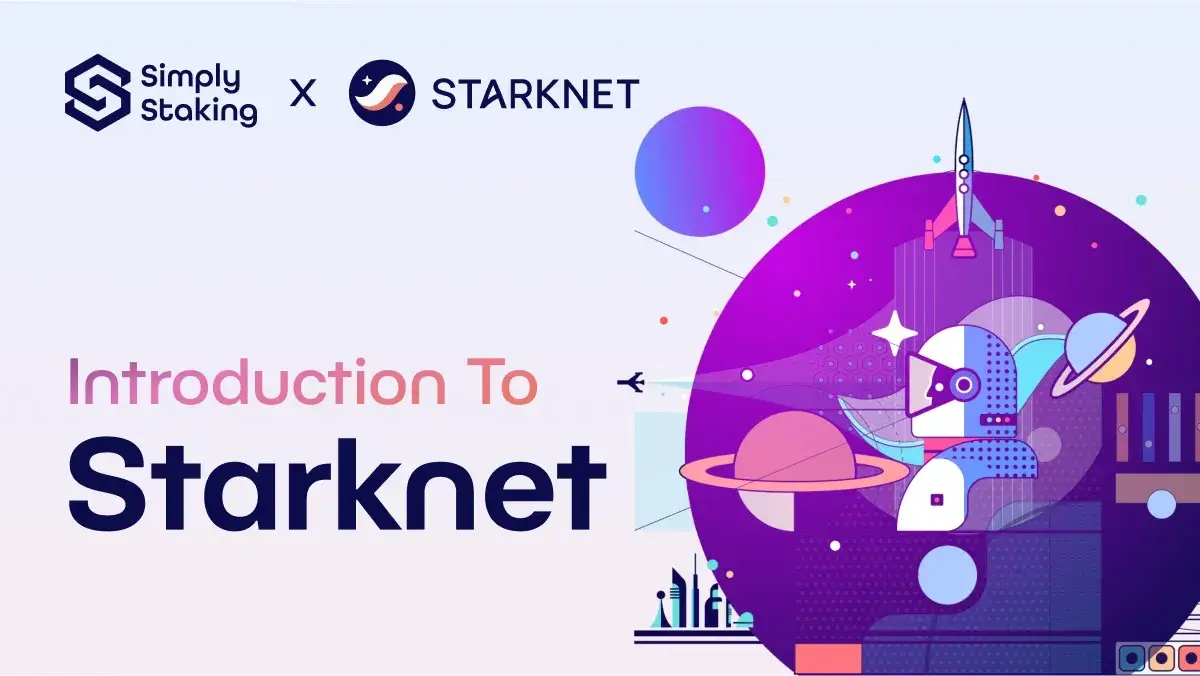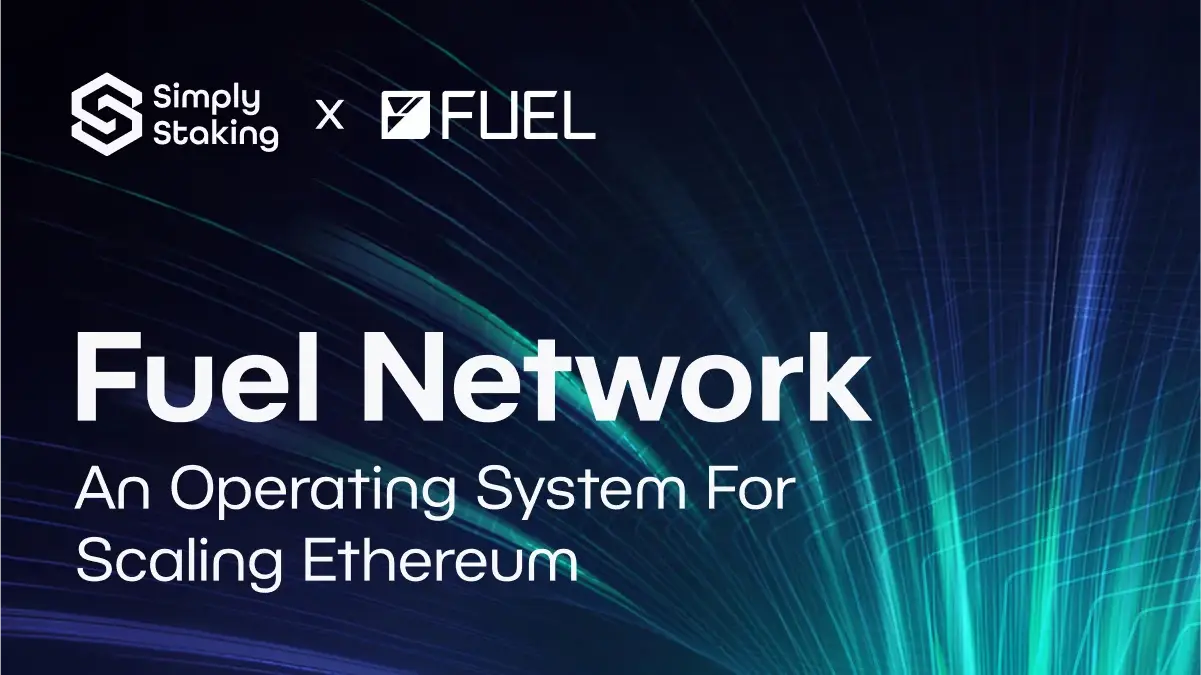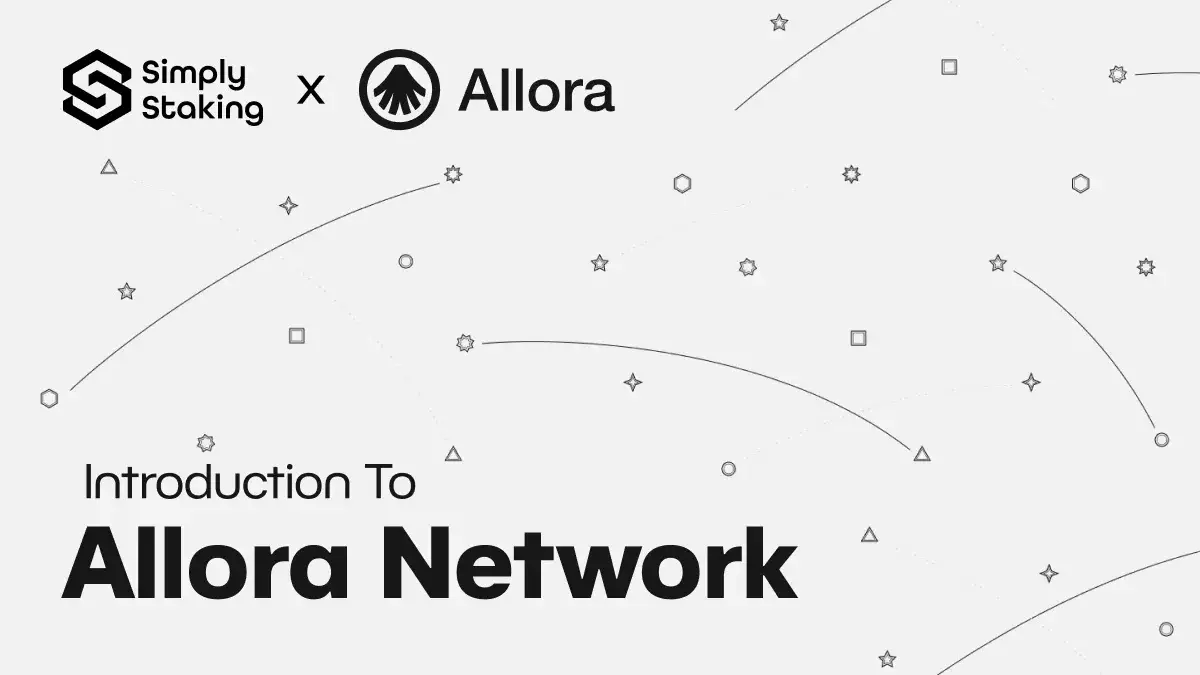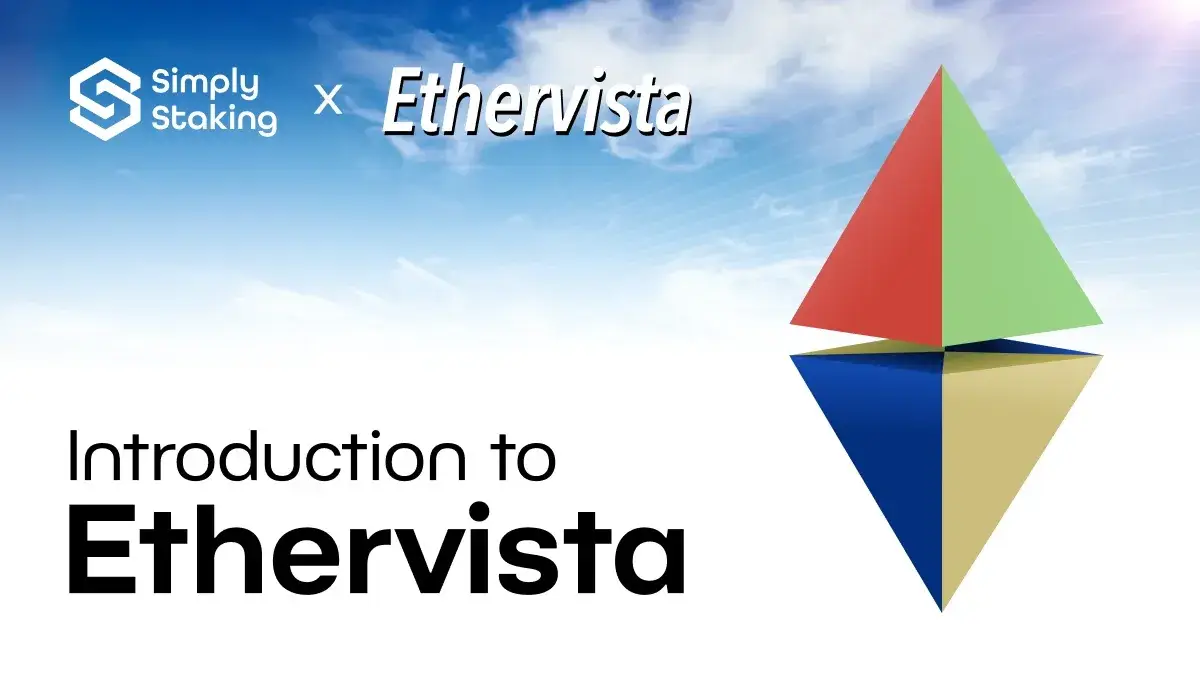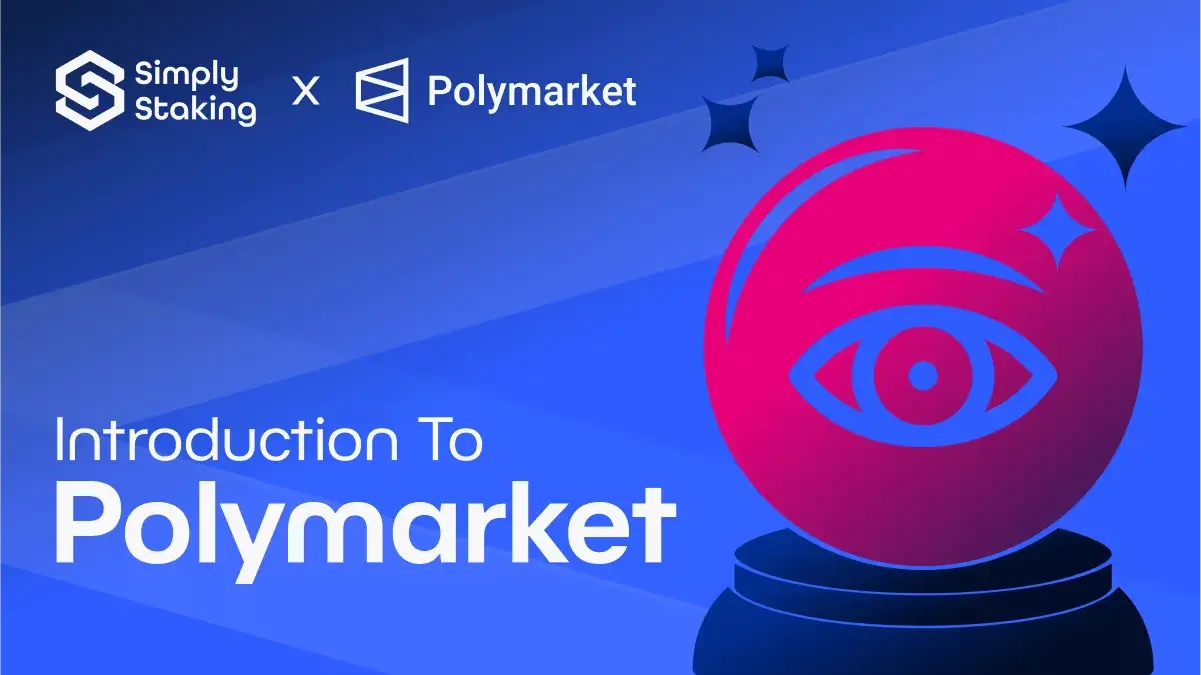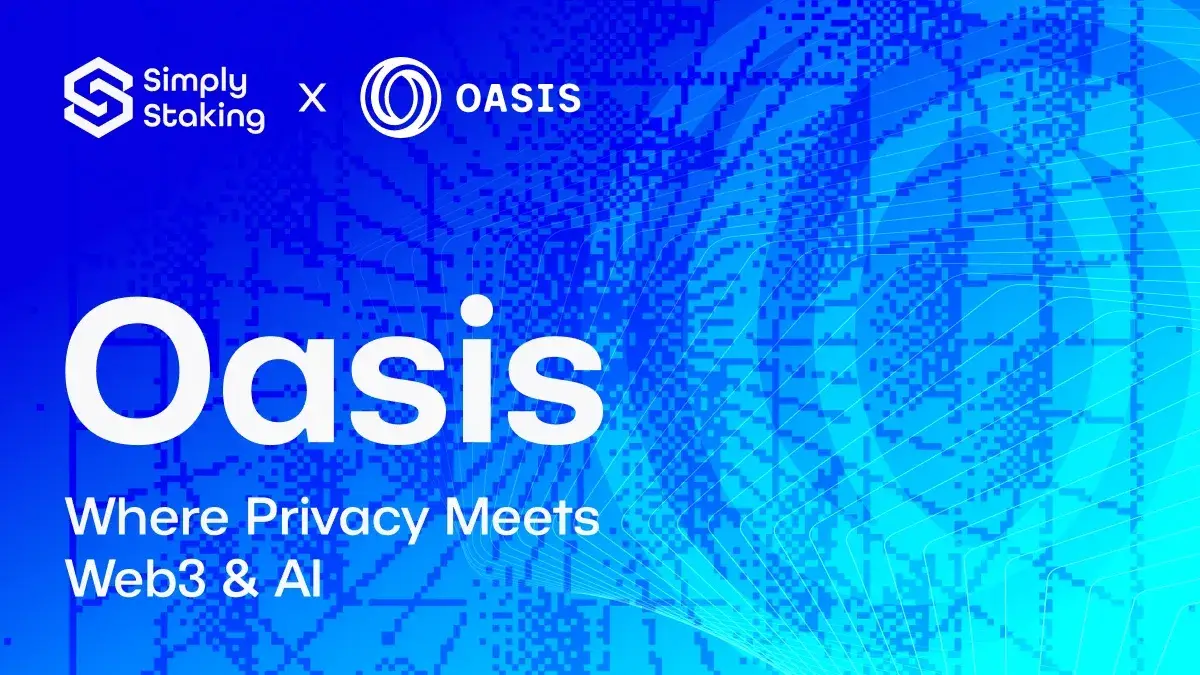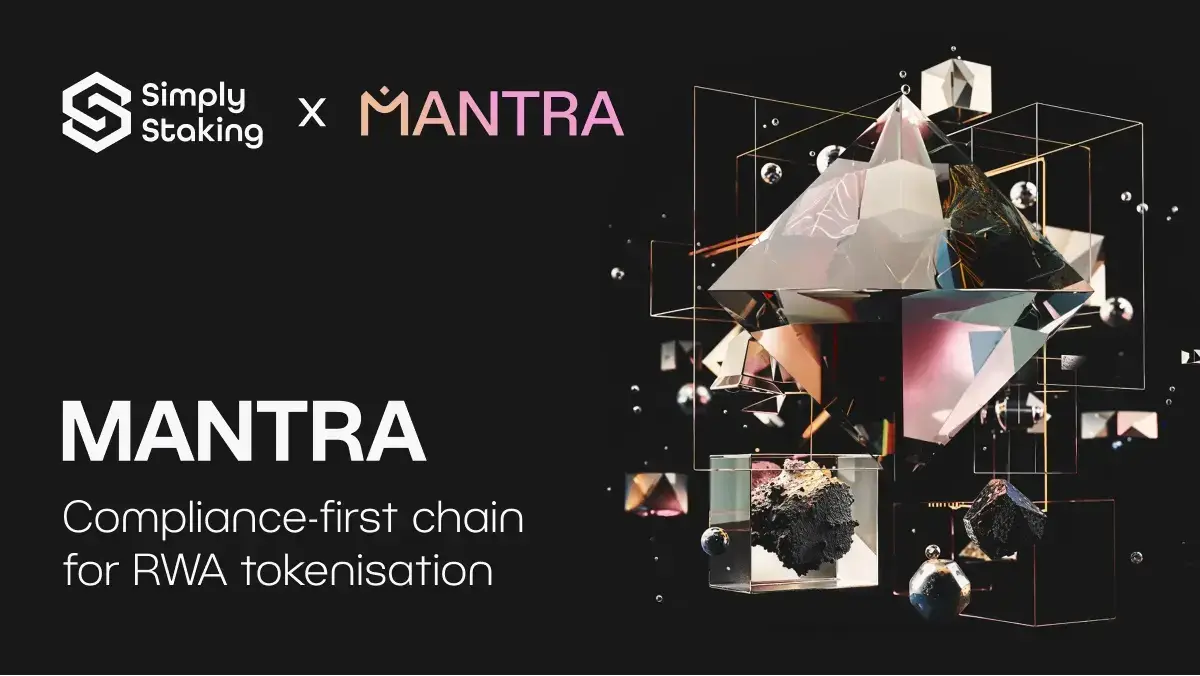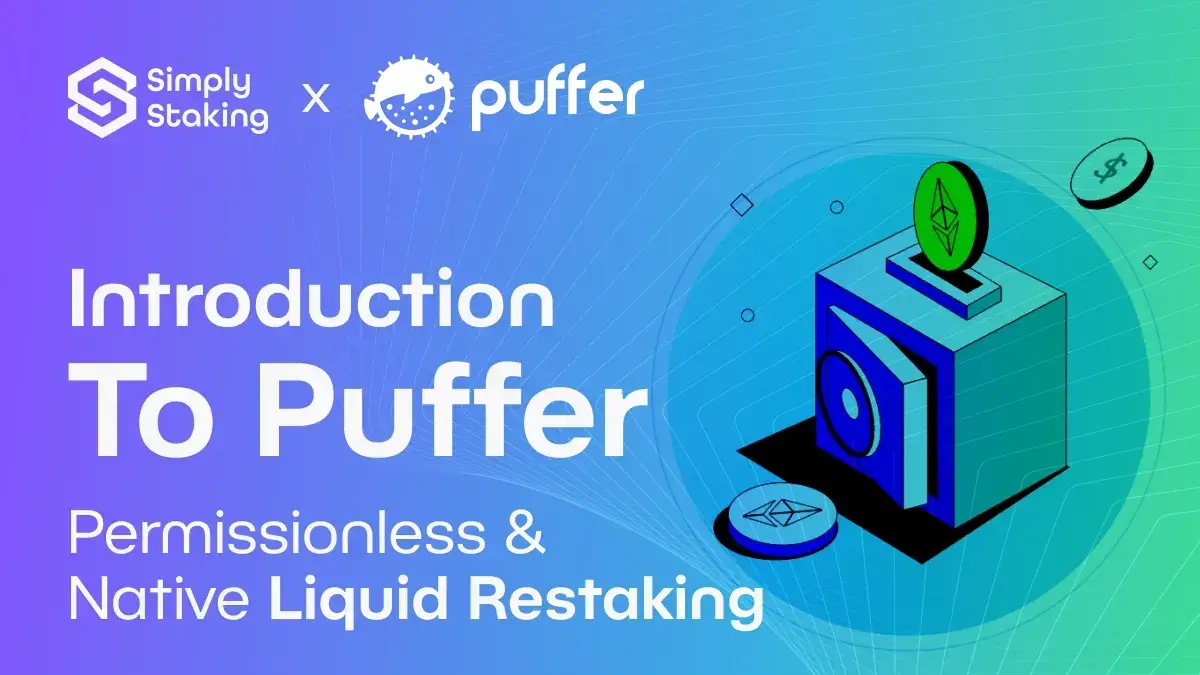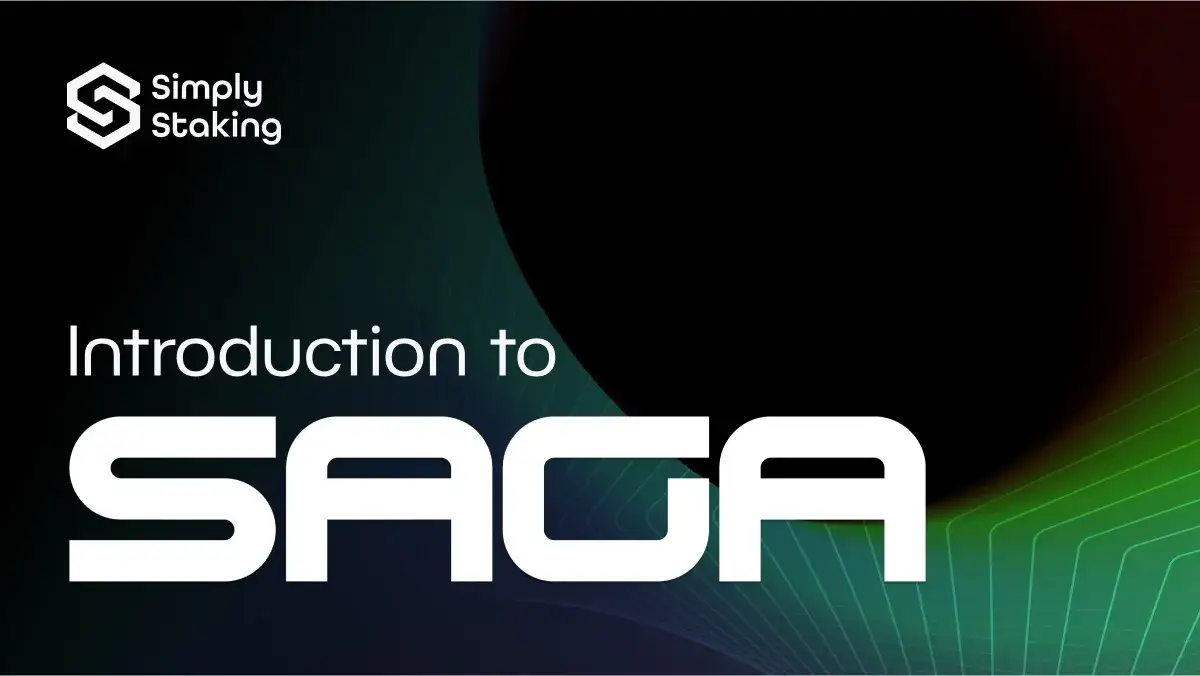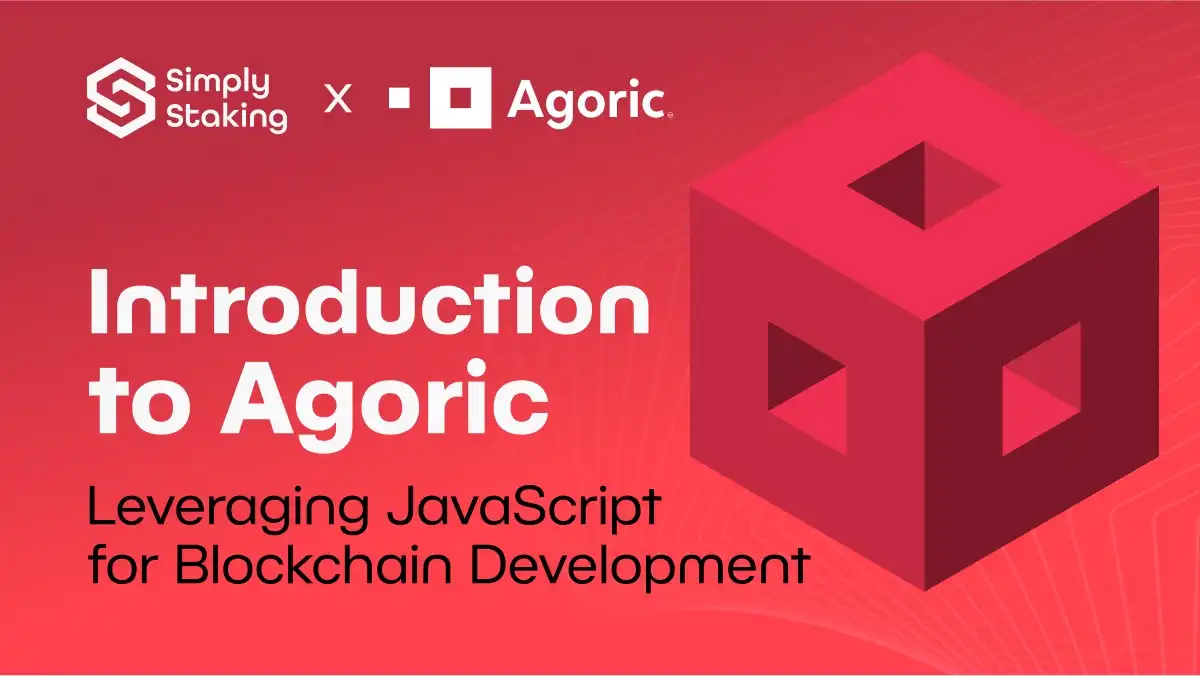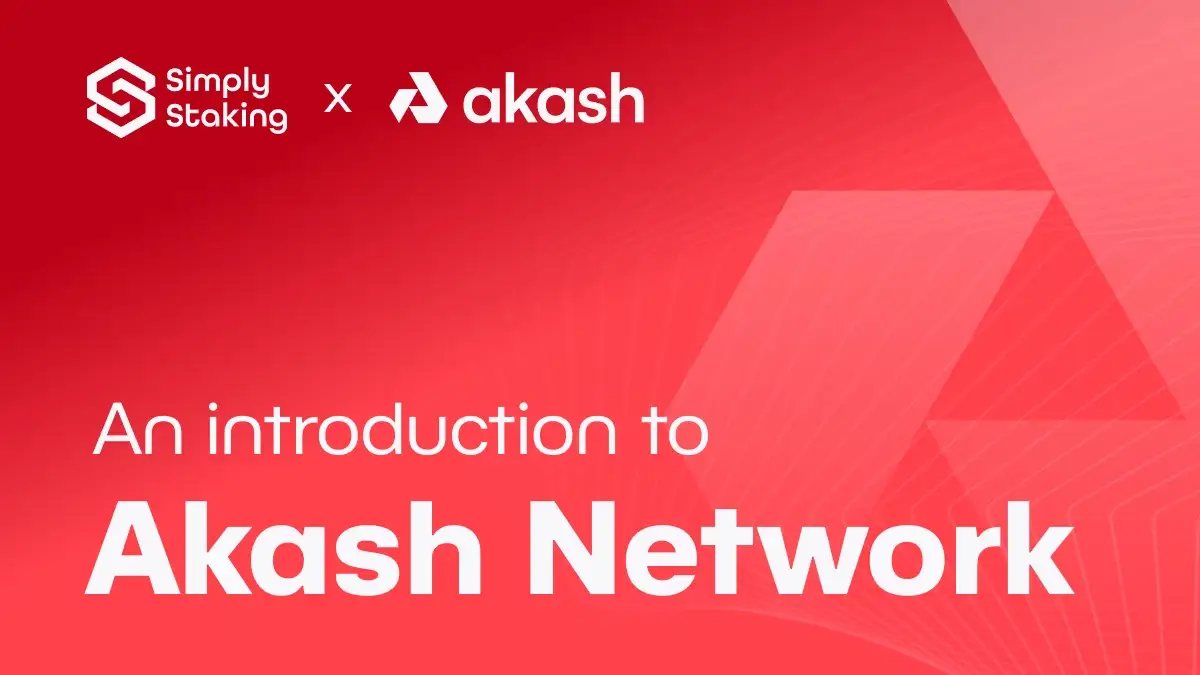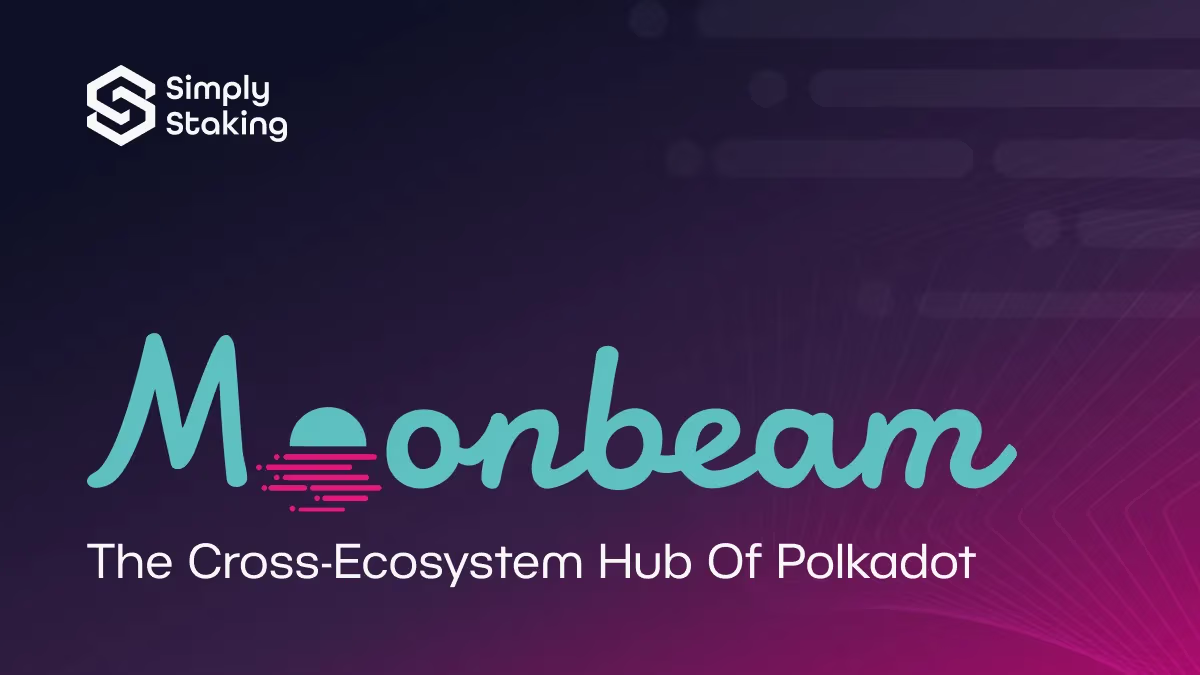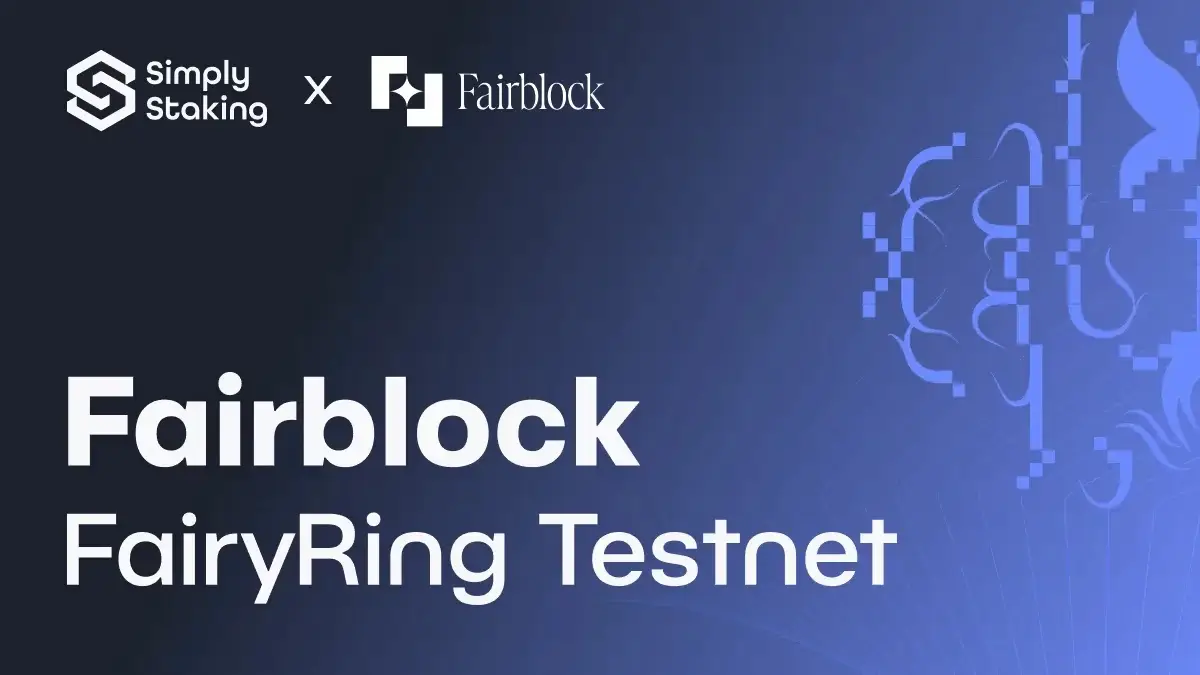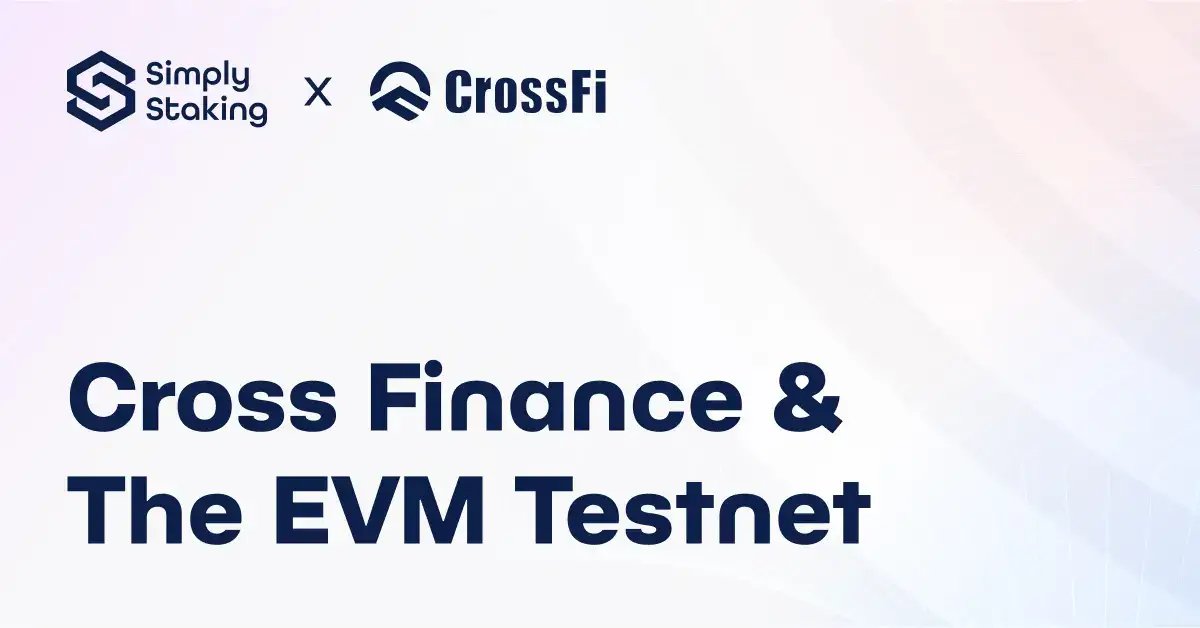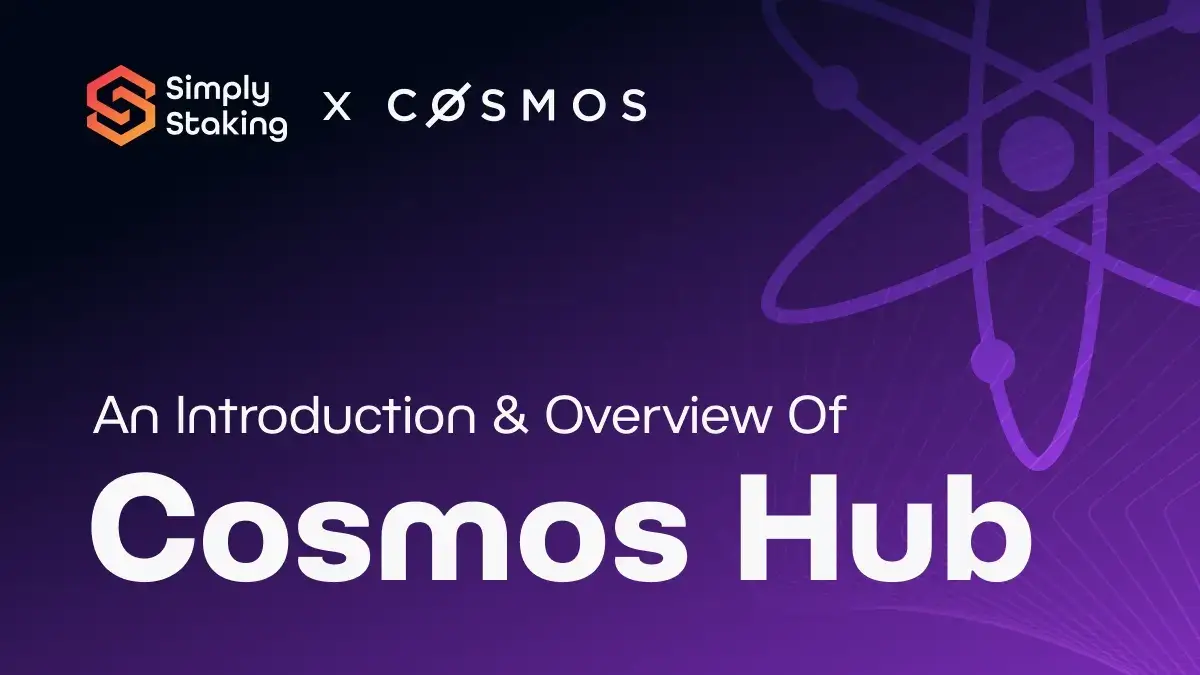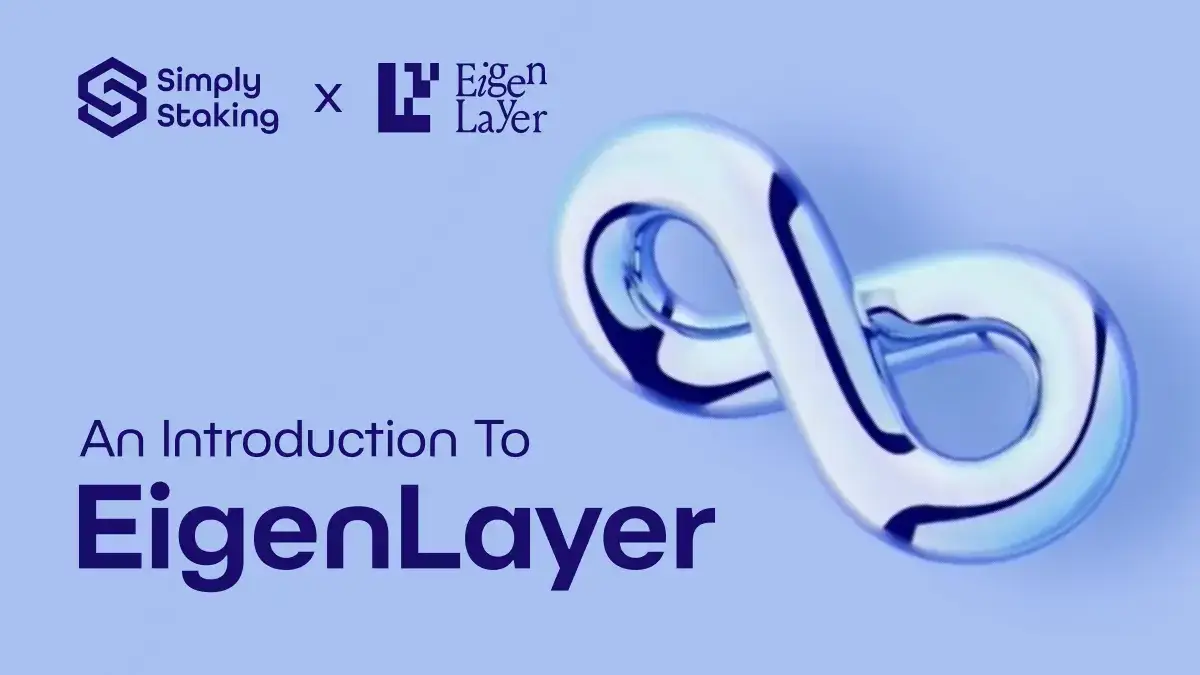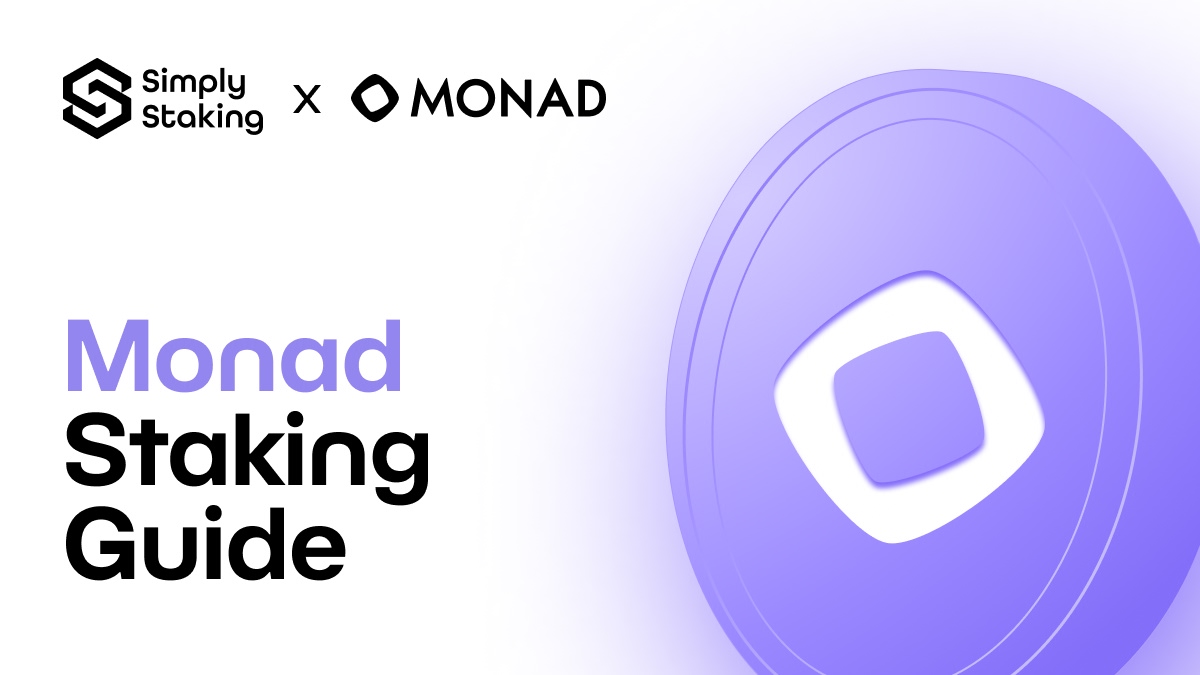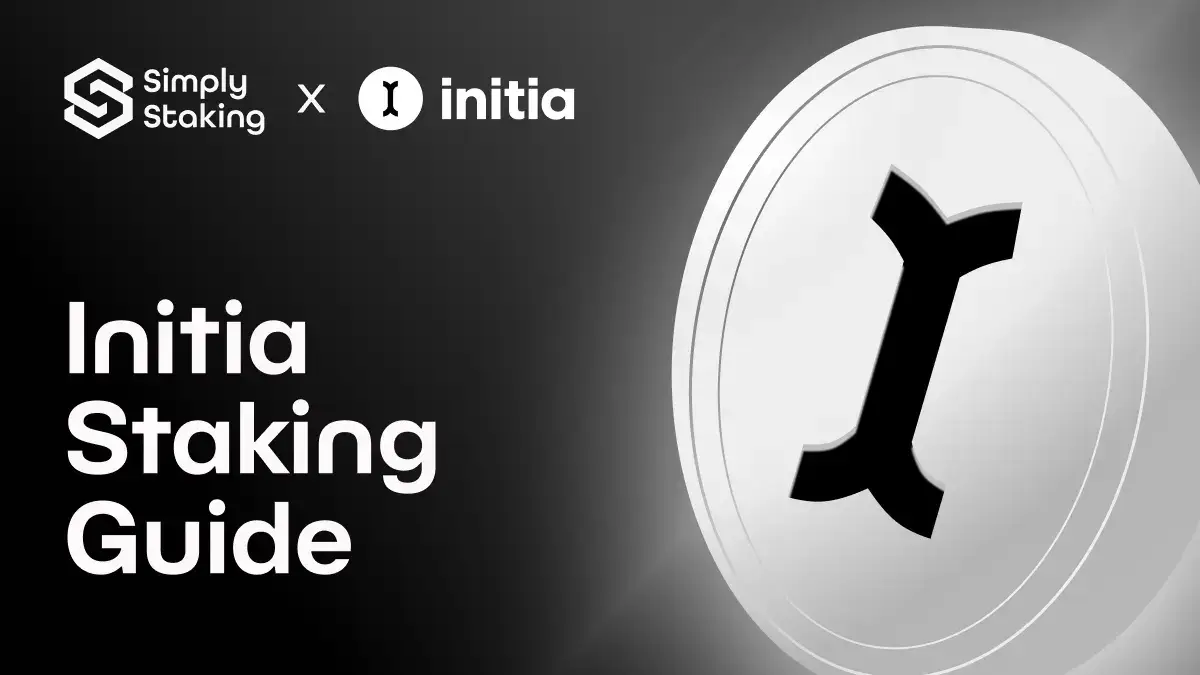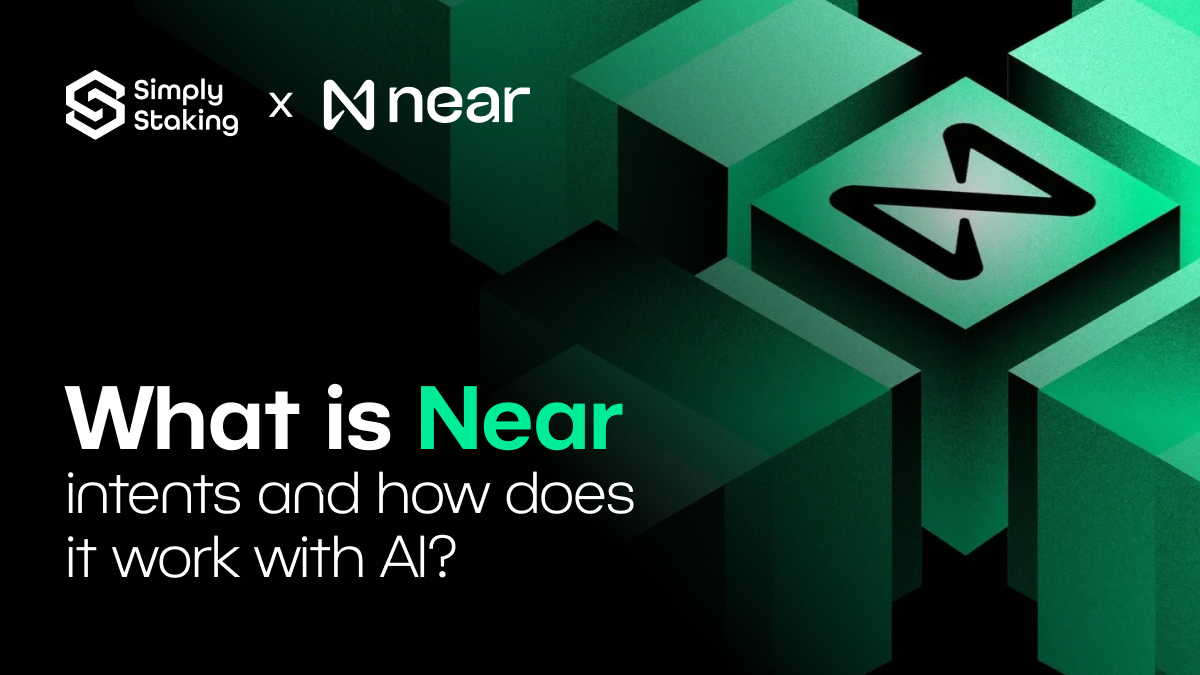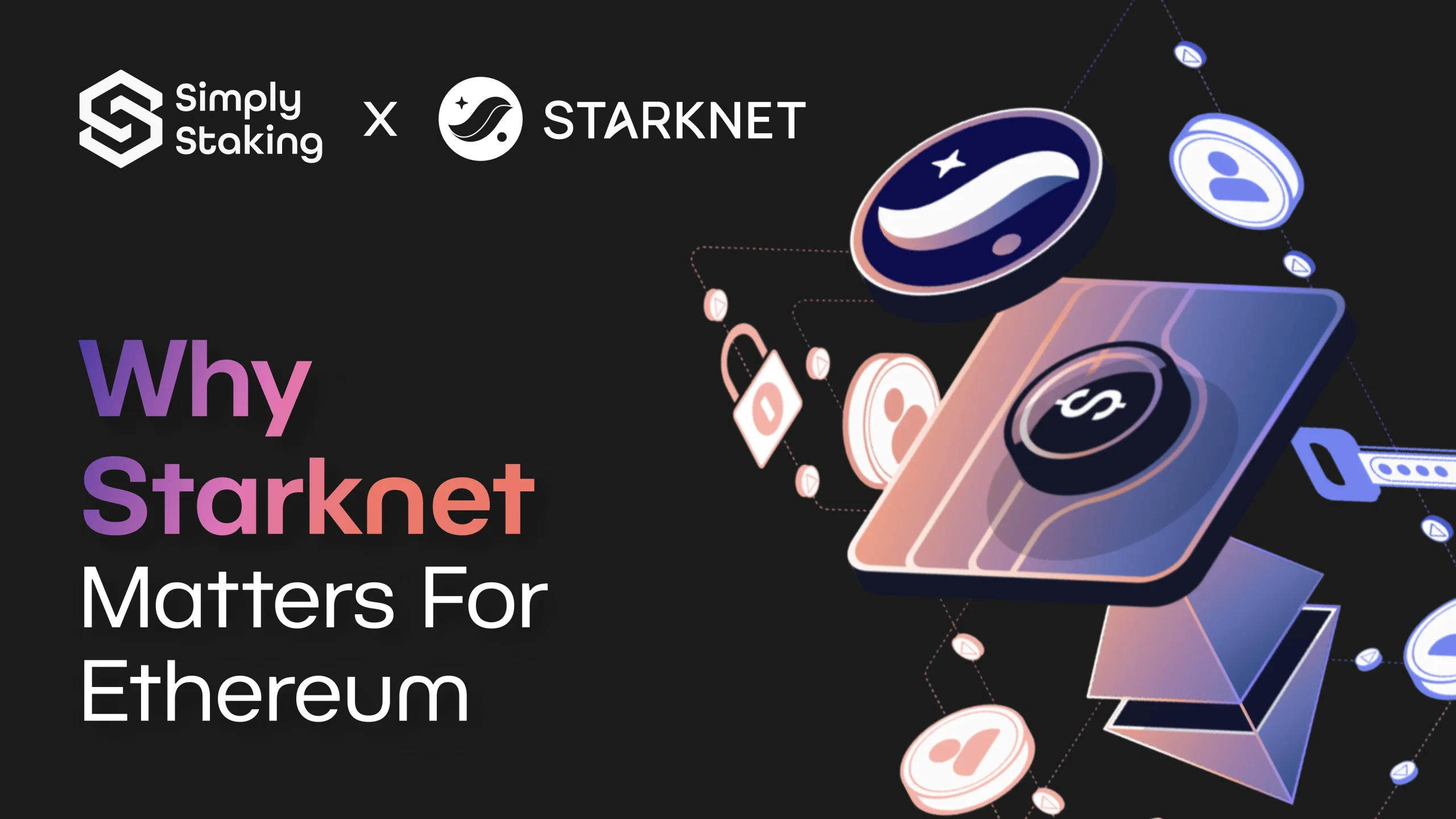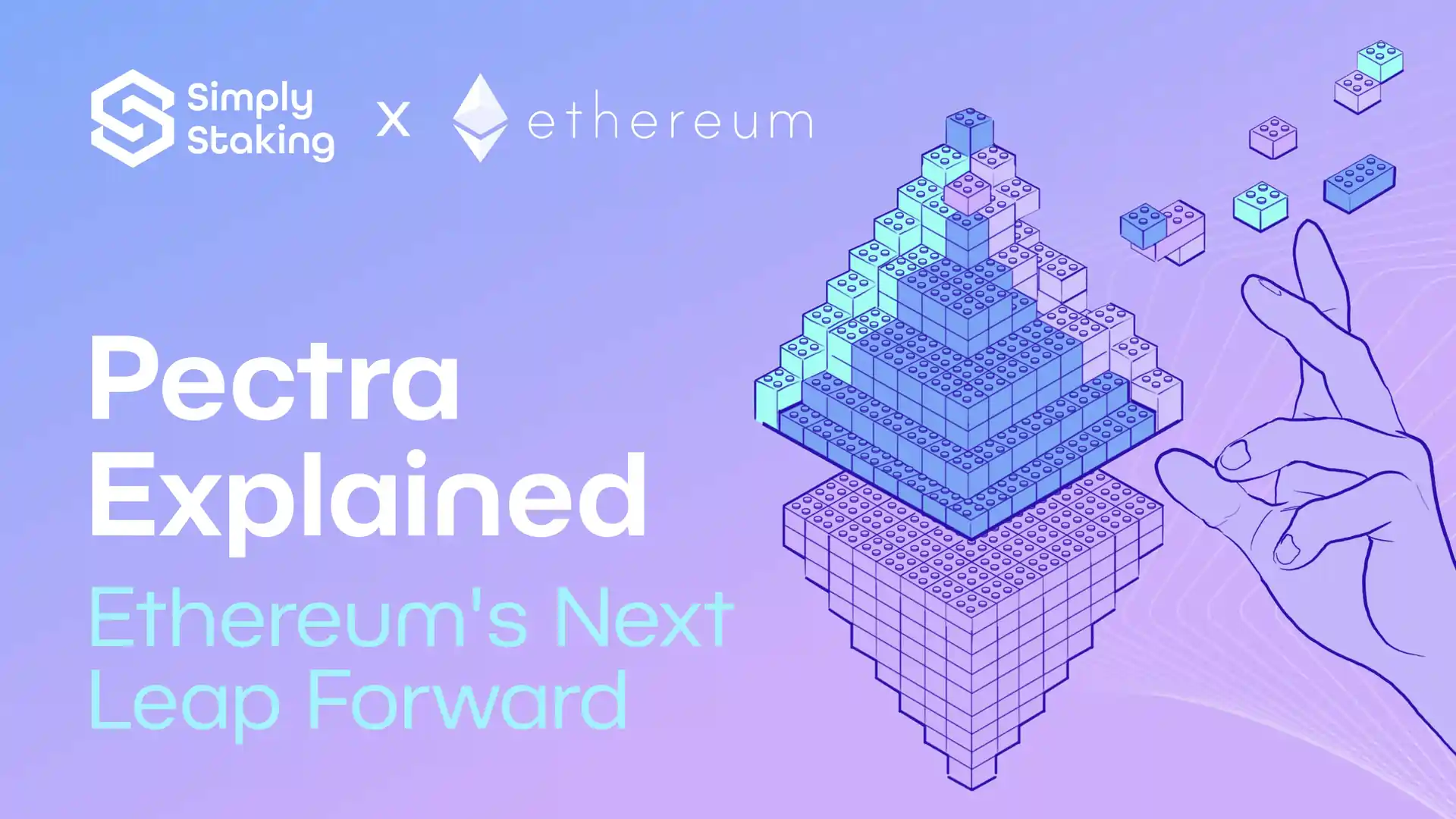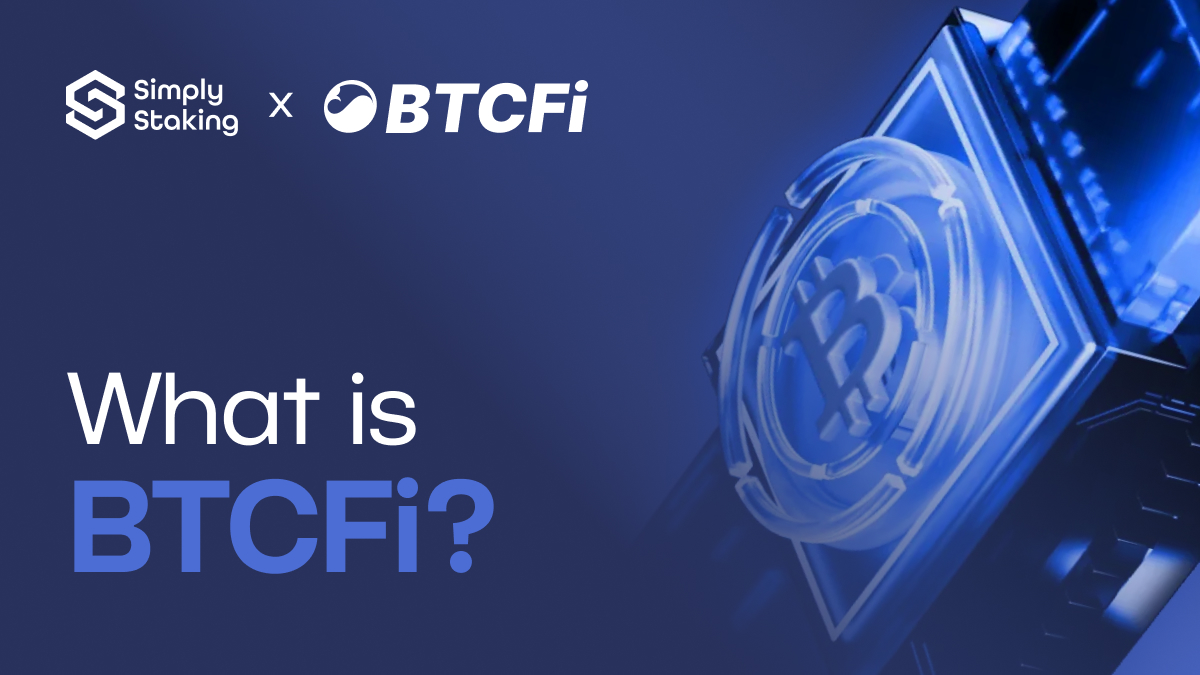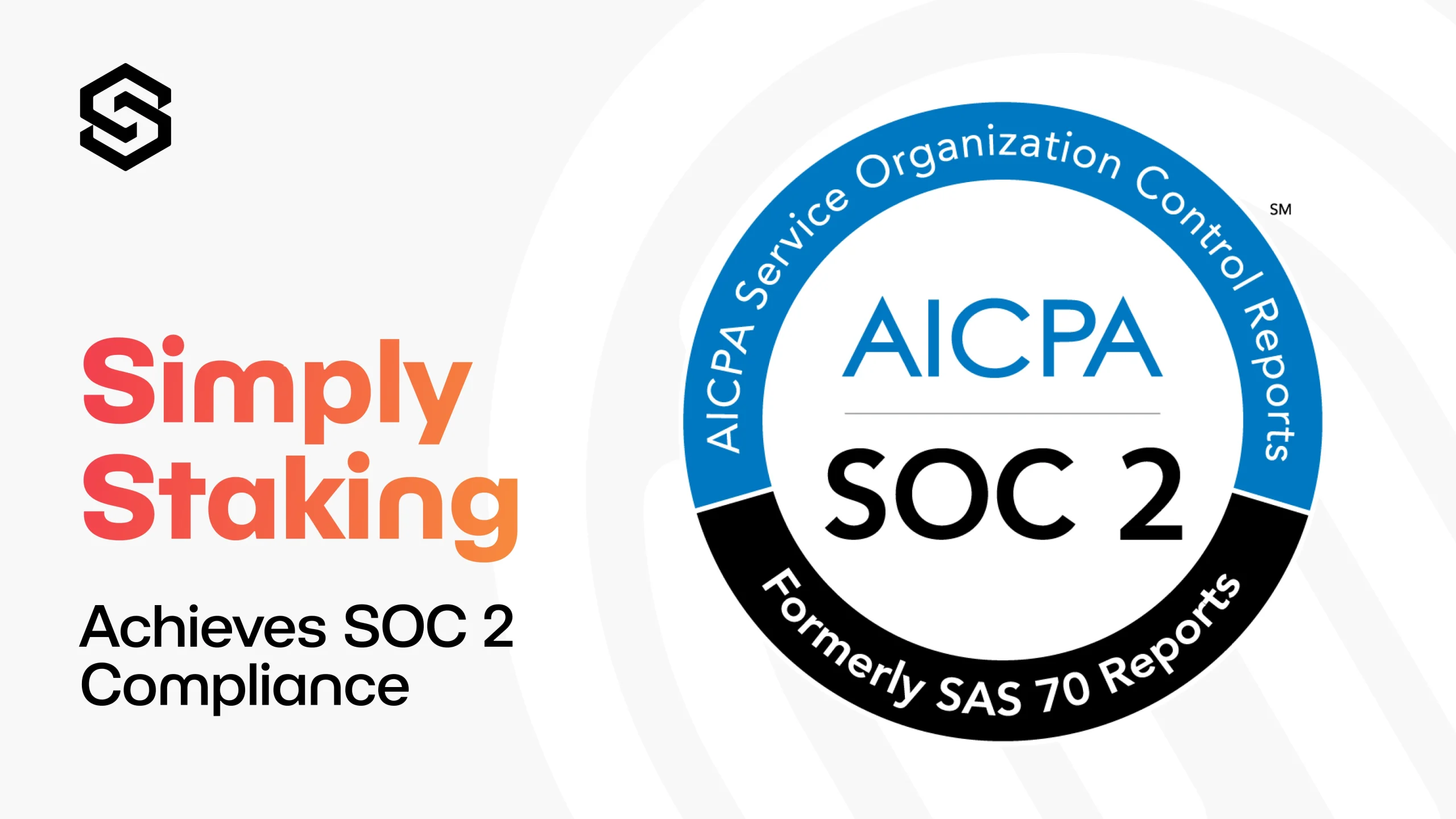Using Ethereum can sometimes feel like standing in a never-ending queue at a theme park. You know the ride is worth it, but the wait is frustrating. Transactions can take minutes to confirm, and the ticket price (gas fees) can leave you out of pocket. In this article we are going to delve into the question “What is Monad?” and hopefully answer everything.
Read more from our Monad (MON) series:
Monad hands you the fast-track pass. It offers the same rides you already know and love, Ethereum-compatible applications, Solidity smart contracts, and familiar tools, but without the waiting, stress, or high costs. In practice, this means sub second transaction finality, near zero fees, and the ability to handle thousands of users at once without breaking a sweat.
But Monad is not simply another blockchain promising high speed. It is a carefully designed layer 1 blockchain that combines performance, compatibility, and decentralisation. Its architecture is being built by Monad Labs, led by Keone Hon, James Hunsaker, and Eunice Giarta. Their mission is ambitious: deliver a blockchain that feels instant, scales to global demand, and keeps validator participation open. With billions of transactions already processed on the Monad Testnet and a strong ecosystem preparing to launch, the project is positioning itself as a major player in the future of blockchain technology.
What is Monad? A Layer 1 Blockchain with High-Performance Goals
Monad is a new layer 1 blockchain that is fully compatible with the Ethereum Virtual Machine (EVM). This means developers can deploy existing Ethereum smart contracts on Monad without rewriting code or learning new languages. Full EVM bytecode compatibility ensures that applications, wallets, and developer tools that already work in the Ethereum ecosystem will function seamlessly on Monad.
Performance is the real differentiator. The Monad protocol targets up to 10,000 transactions per second, block times of 0.4 seconds, and finality in under one second. For comparison, Ethereum currently processes around 15 transactions per second. These are not incremental gains, they represent a shift in user experience. A decentralised exchange on Monad can confirm trades almost instantly, while a gaming or social application can run without worrying about congestion or escalating transaction fees.
How the Monad Protocol Works
The promise of a high-performance blockchain requires more than marketing. Monad introduces technical innovations that make its scalability and performance possible.
Optimistic Parallel Execution and Deferred Execution
In most blockchains, transactions are executed one after another in strict order. Monad rethinks this model with optimistic parallel execution. Imagine a busy kitchen where several chefs cook different meals at once. Instead of forcing them to cook sequentially, Monad allows them to work in parallel, only checking at the end that dishes are served in the right order. This is combined with deferred execution, which means transactions are tentatively processed and verified later for consistency. Together, these techniques significantly boost throughput while keeping results correct.
Asynchronous Execution
Traditional blockchains treat consensus and execution as sequential steps. First validators agree on a block, then they execute its transactions. Monad separates these processes, allowing consensus on one block to occur while another block is being executed. This asynchronous execution is more like an assembly line, where different tasks happen in parallel, keeping the system running at full capacity.
MonadBFT Consensus Mechanism
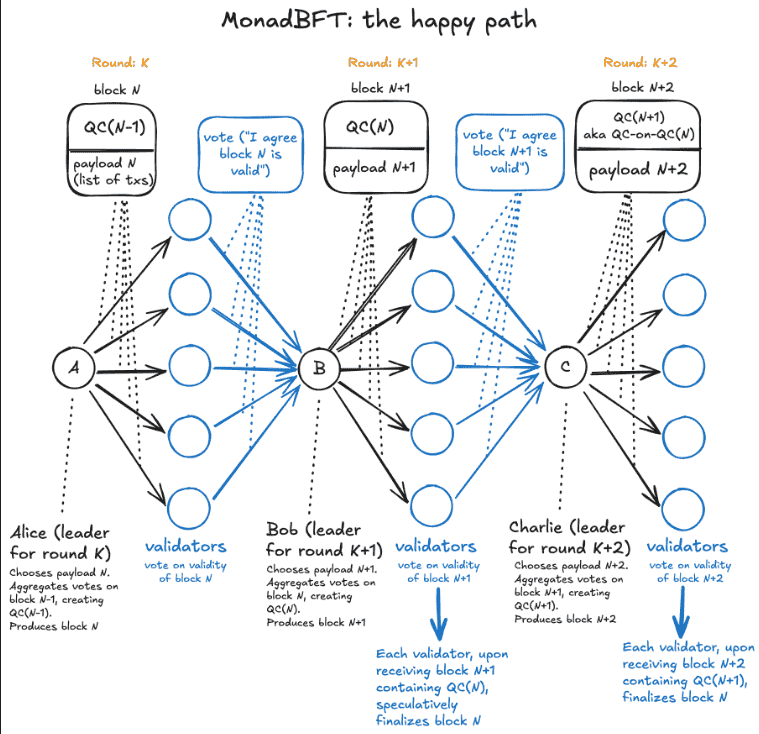
Consensus mechanisms are the backbone of every blockchain. Monad uses MonadBFT, a streamlined version of the HotStuff protocol. By cutting down the number of communication rounds required for agreement, MonadBFT achieves single slot finality, meaning a block can be considered final after just one round. This reduces latency and improves efficiency, enabling faster block times without compromising security.
MonadDB: A Custom Database for Storing Blockchain State
Every blockchain must manage a constantly growing state, which includes balances, smart contract code, and more. Monad introduces MonadDB, a custom database designed specifically for storing blockchain state on SSDs. By optimising data access patterns, MonadDB reduces bottlenecks and allows validators to operate efficiently with low hardware requirements. This design choice aligns with Monad’s goal of making the network accessible to a wide range of participants.
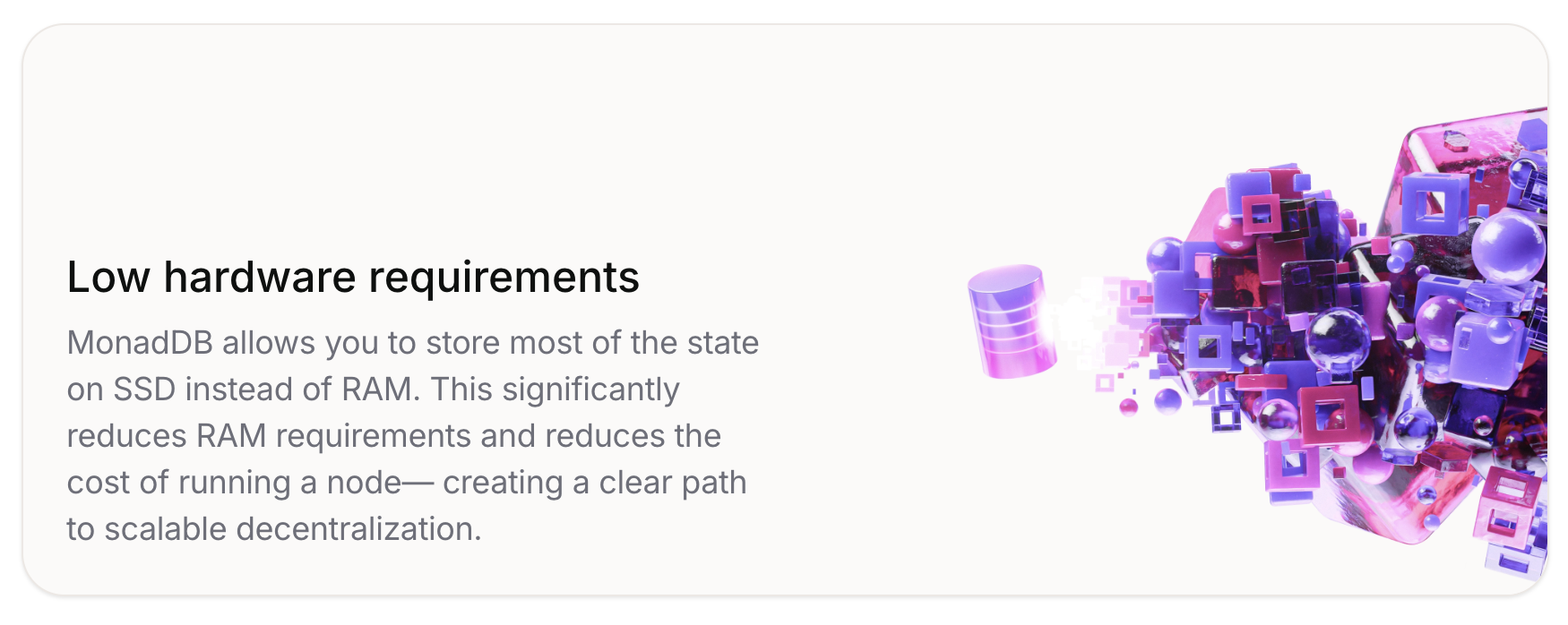
RaptorCast and Network Efficiency
Block propagation, the process of sharing new blocks across the network, can become a bottleneck at scale. Monad’s answer is RaptorCast, an efficient protocol for distributing blocks quickly. By ensuring that all nodes stay aligned in near real time, RaptorCast contributes to Monad’s ability to achieve sub second finality and smooth user experiences.
All these innovations (parallel execution, asynchronous processing, streamlined consensus, and optimised data storage) combine to create a blockchain that is both fast and decentralised. The Monad network is engineered not only for benchmarks but for real-world use cases in decentralised finance, gaming, social applications, and beyond.
Why Monad Stands Out in the Ethereum and Crypto Ecosystem
Many blockchains have tried to challenge Ethereum, but Monad takes a different approach. Rather than building a completely new environment, Monad positions itself as a natural extension of the Ethereum ecosystem. Developers can take existing Ethereum smart contracts and deploy them on Monad with minimal friction. For users, wallets and interfaces work in the same familiar way.
This makes Monad particularly attractive for decentralised finance projects. DeFi protocols are highly sensitive to transaction fees and confirmation times. By offering near zero fees and finality in less than a second, Monad removes barriers that have limited adoption. At the same time, the chain preserves decentralisation by ensuring validators can participate with affordable hardware.
The combination of Ethereum compatibility, scalability and performance, and commitment to decentralisation is rare. It allows Monad to appeal to both developers who want minimal migration costs and users who demand better experiences.
The Token: MON and Its Use Cases
Like Ethereum, Monad has a native coin called MON. On the testnet, MON is used to pay transaction fees, which are denominated in monad gwei. Users can obtain MON testnet tokens from the faucet, giving them the chance to experiment with the network. This includes sending transfers, deploying smart contracts, and interacting with decentralised applications.
What we do not yet know is how MON will be structured on mainnet. The team has not released details about supply, distribution, staking, or governance. Until the mainnet launch, MON remains a testnet token, but its role as the currency for gas fees and validator incentives seems certain.
The Monad Ecosystem and Early Projects
A blockchain’s long-term success depends on its ecosystem. Monad is already attracting projects across decentralised finance, payments, and infrastructure. Let’s spend some time to go over a few of these projects.
Drake is a decentralised exchange building a hybrid order book for perpetual contracts. By combining the liquidity of order books with the efficiency of automated market makers, Drake aims to deliver a trading experience that takes full advantage of Monad’s speed and low costs.
Dirol Protocol is emerging as a DeFi hub on Monad. It plans to offer lending, borrowing, and trading services, all enhanced by the high throughput of the Monad blockchain. By reducing transaction fees and improving execution speed, Dirol expects to create a more seamless user experience.
FWX focuses on leverage trading and introduces a unique twist. It allows users to create their own lending pools, essentially tailoring their trading environment. Such functionality would be prohibitively expensive on Ethereum, but Monad’s performance makes it feasible.
Dynamic provides wallet and authentication infrastructure. With smart wallet SDKs and flexible login options, Dynamic helps lower the barrier for developers integrating secure wallet functionality into their decentralised applications.
EOracle is working on decentralised price feeds. Reliable oracles are essential for DeFi protocols, and EOracle intends to make these services both cost effective and highly accurate on Monad.
Fizen.io is building a crypto super app with payments at its core. By combining wallet features with payment processing, Fizen.io targets real-world use cases where speed and negligible fees are essential.
Farcaster is exploring Monad as a platform for decentralised social networking. Social applications need high throughput to rival Web2 platforms, and Monad provides the necessary infrastructure.
Entangle is building cross-chain connectivity and oracle services. By integrating Monad with other networks, Entangle helps expand the reach of applications and ensures smooth interoperability.
Finally, the Portal acquisition by the Monad Foundation signals a strong focus on payments and stablecoins. By embedding payment infrastructure into the ecosystem, Monad positions itself as a chain capable of supporting everyday financial transactions alongside DeFi.
Funding, Monad Investors, and Community Growth
Beyond technology, Monad is building an active Monad community and creating opportunities for developers and investors alike.
The Monad Madness competition offers one million dollars in prizes and provides exposure to venture firms with up to sixty million dollars in potential investment. This creates a direct bridge between developers and Monad investors, ensuring that promising projects can secure both funding and visibility.
The evm accathon was the chain’s inaugural hackathon, with more than one hundred thousand dollars in prizes and follow-up grants of up to thirty thousand dollars. This shows Monad’s commitment not only to attracting developers but also to supporting them as they grow.
The acquisition of Portal represents another layer of support. By investing directly into payment infrastructure, Monad Labs and the Monad Foundation are signalling that they are prepared to commit capital strategically to strengthen the network.
Together, these initiatives show a clear pattern: Monad is serious about ecosystem growth, developer success, and long-term sustainability.
Monad Testnet: How to Get Involved
For those who want hands-on experience, the Monad Testnet is live and open. Getting started is simple. Users can add Monad to MetaMask using the official RPC details, claim testnet MON tokens from the faucet, and immediately begin sending transactions or deploying contracts. Developers can use familiar tools like Remix and Foundry to test applications, while users can explore activity on the Testnet Hub and block explorer.
Participating in the testnet is the best way to understand how the Monad blockchain feels in practice. Transactions confirm quickly, fees are negligible, and the network is already processing large volumes of activity.
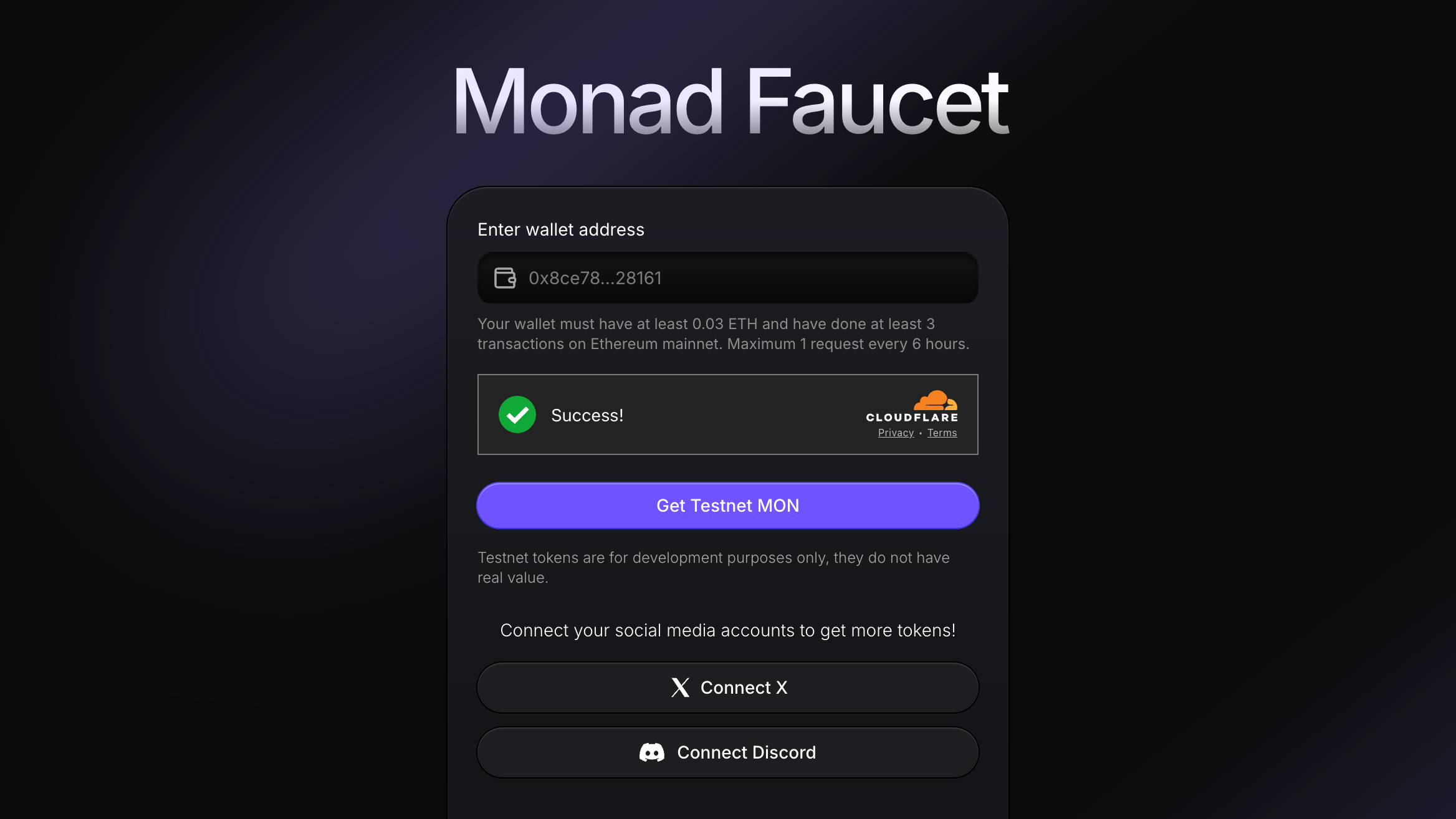
Mainnet Launch: What Comes Next
While no official date has been announced, mainnet is expected soon. The transition from the current testnet phase to full launch will be a key milestone. At that point, details about MON’s distribution and tokenomics should become clear, and projects preparing in the ecosystem will begin to go live.
Conclusion: Monad is a High-Performance Blockchain Ready for the Future
Monad is not just another blockchain promising speed. It is a high-performance layer 1 blockchain designed with full Ethereum compatibility, low hardware requirements, and technical innovations such as optimistic parallel execution, asynchronous execution, MonadBFT consensus, and a custom database for storing blockchain state.
For developers, Monad offers the chance to deploy existing Ethereum applications on a chain designed for scalability and performance. For users, it promises smoother and cheaper experiences in decentralised applications, finance, and beyond. For the community, it offers a growing ecosystem backed by proactive investment from Monad Labs and the Monad Foundation.
Mainnet may not be live yet, but the testnet already shows what Monad is capable of. The queue is gone, the fast track pass is in hand, and the rides are ready.
Want more guides and insights like this? Follow Simply Staking on X to stay ahead of the curve. Don’t forget to check out our Networks page for the latest Crypto Staking APRs.
